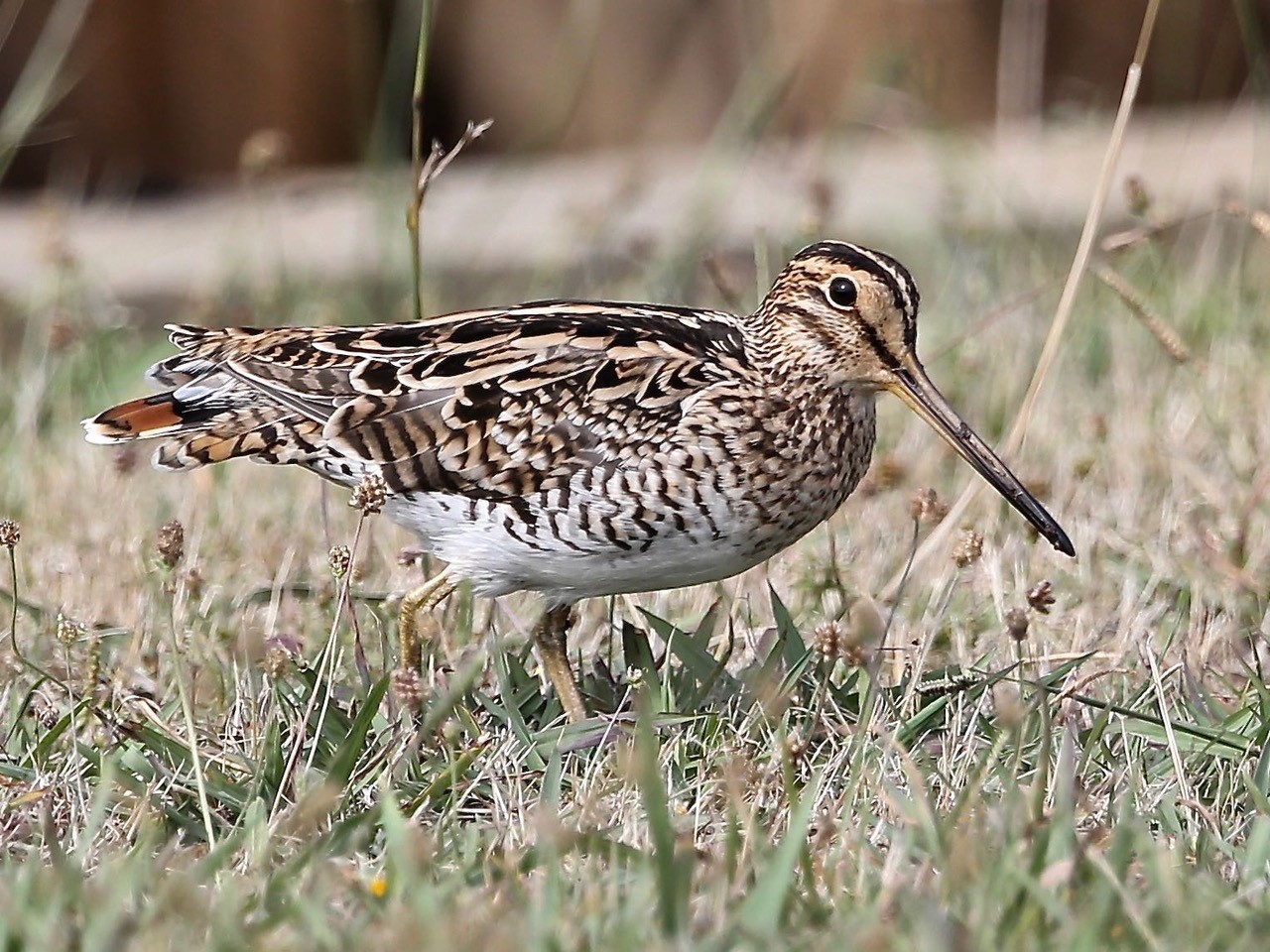50 years of protecting wetlands
In the middle of south east Melbourne’s suburbs lies an incredible natural gem. The Edithvale-Seaford Wetlands, on Bunurong Country, are a globally significant site, and 50 years ago Trust for Nature played an important role in ensuring their health and protection.
The 260 ha wetlands are the last remnants of the Carrum Carrum swamp, which once covered 4,000 ha between Frankston and Mordialloc, and was subsequently drained and developed for housing. Recognised as a Ramsar site, the international list of the world’s most important wetlands, this special area provides a home for threatened species.
In 1974 Trust for Nature acquired 4 ha of the wetlands, which are now managed by Melbourne Water, Frankston City Council and the Friends of Edithvale-Seaford Wetlands.
Today the wetlands provide habitat for many threatened species including Latham’s Snipe and Sharp-tailed Sandpiper, both recently recognised by the Australian Government as at risk of extinction. With more than 60% of these species’ remaining habitat in Victoria found on private land, and their real risk of extinction, their wetland habitats are urgent priorities to protect for Trust for Nature.
Across the state, wetlands are under significant threat. The 2023 State of the Environment Report revealed that wetlands are one of the major habitats that have deteriorated in extent and condition over the past five years.
“The biggest threats to wetlands are clearing for development or agriculture, drainage, changes to water flow and availability and degradation of the native vegetation and soils through over-grazing by livestock and feral animals,” said Dr Doug Robinson, Chief Conservation Scientist at Trust for Nature.
“Particularly concerning is the loss of the shallow wetlands preferred by these two shorebird species and many other species of aquatic plants and animals. Around one-third of these shallow wetlands have been destroyed over the past two hundred years, particularly those found on private land. In just the last decade, an estimated 40% of shallow wetlands have been cultivated for cropping in parts of western Victoria, highlighting the urgency for better protection of these important habitats on private land.”
“The best way to help protect these at-risk wetlands on private land in Victoria is with a conservation covenant through Trust for Nature. A covenant ensures the wetlands cannot be cleared or damaged, and it lasts forever,” said Doug.
Wetlands are recognised as a priority ecosystem for additional protection under Trust for Nature’s Statewide Conservation Plan, which aims to protect another 5,000 ha of wetlands by 2030.
With the generous support of donors, partners and the Victorian and Australian governments, Trust for Nature has already protected nearly 100 significant wetlands across the state through its own reserves and covenants with landholders. These include Tomlinson’s Swamp, Long Swamp: Murray Family Conservation Reserve, Mt Elgin Swamp, Bradshaw Swamp, Pallisters Reserve and Tootgarook Swamp.
